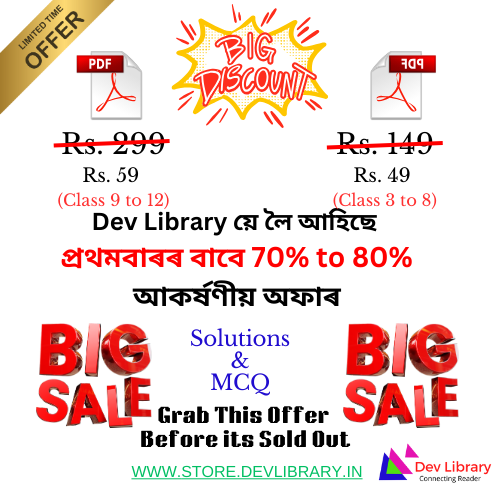Class 6 Science Chapter 11 Light, Shadows and Reflections answer to each chapter is provided in the list so that you can easily browse throughout different chapter Assam Board As Per New Syllabus Class 6 Science Chapter 11 Light, Shadows and Reflections and select needs one.
SEBA Class 6 Science Chapter 11 Light, Shadows and Reflections
Also, you can read the SCERT book online in these sections Solutions by Expert Teachers as per SCERT (CBSE) Book guidelines. These solutions are part of SCERT All Subject Solutions. Here we have given Assam Class 6 Science Solutions for All Subject, You can practice these here.
Light, Shadows and Reflections
Chapter: 11
| Exercise |
1. Rearrange the boxes given below to make a sentence that helps us understand opaque objects.
OWS AKE OPAQ UEO BJEC TSM SHAD
Ans: OPAQ UEO BJEC TSM SHAD OWS
2. Classify the objects or materials given below as opaque, transparent or translucent and luminous or non-luminous:
Air, water, a piece of rock, a sheet of aluminium, a mirror, a wooden board, a sheet of polythene, a CD, smoke, a sheet of plane glass, fog, a piece of red hot iron, an umbrella, a lighten fluorescent tube, a wall, a sheet of carbon paper, the flame of gas burner, a sheet of cardboard, a lighted torch, a sheet of cellophane, a wire mesh, kerosene stove, sun, firefly, moon.
Ans: Opaque: A piece of rock, a sheet of aluminum, a mirror, a wooden board, a CD, an umbrella, a wall, a sheet of carbon paper, a sheet of cardboard.
Transparent: Air, water, a sheet of plane glass.
Translucent: A sheet of polythene, smoke, a lighten fluorescent tube, the flame of a gas burner, a lighted torch, sun, firefly, kerosene stove,
Non- luminous: Air, water, pieces of rock, a sheet of aluminum, a mirror, a wooden board, a sheet of polythene, an umbrella, a wall, a sheet of carbon paper, a sheet of cardboard, a sheet of cellophane, a wire mesh, moon.
3. Can you think of creating a shape that would give a circular shadow if held in one way and a rectangular shadow if held in another way?
Ans: Yes, there are many things which give a circular shadow if held in one way and a rectangular shadow if held in another way.
For example: A cylinder.
4. In a completely dark room, if you hold up a mirror in front of you, will you see a reflection of yourself in the mirror?
Ans: No, in a completely dark room we cannot see a reflection of ourselves in the mirror due to darkness.

Hi, I’m Dev Kirtonia, Founder & CEO of Dev Library. A website that provides all SCERT, NCERT 3 to 12, and BA, B.com, B.Sc, and Computer Science with Post Graduate Notes & Suggestions, Novel, eBooks, Biography, Quotes, Study Materials, and more.




Thank you sir